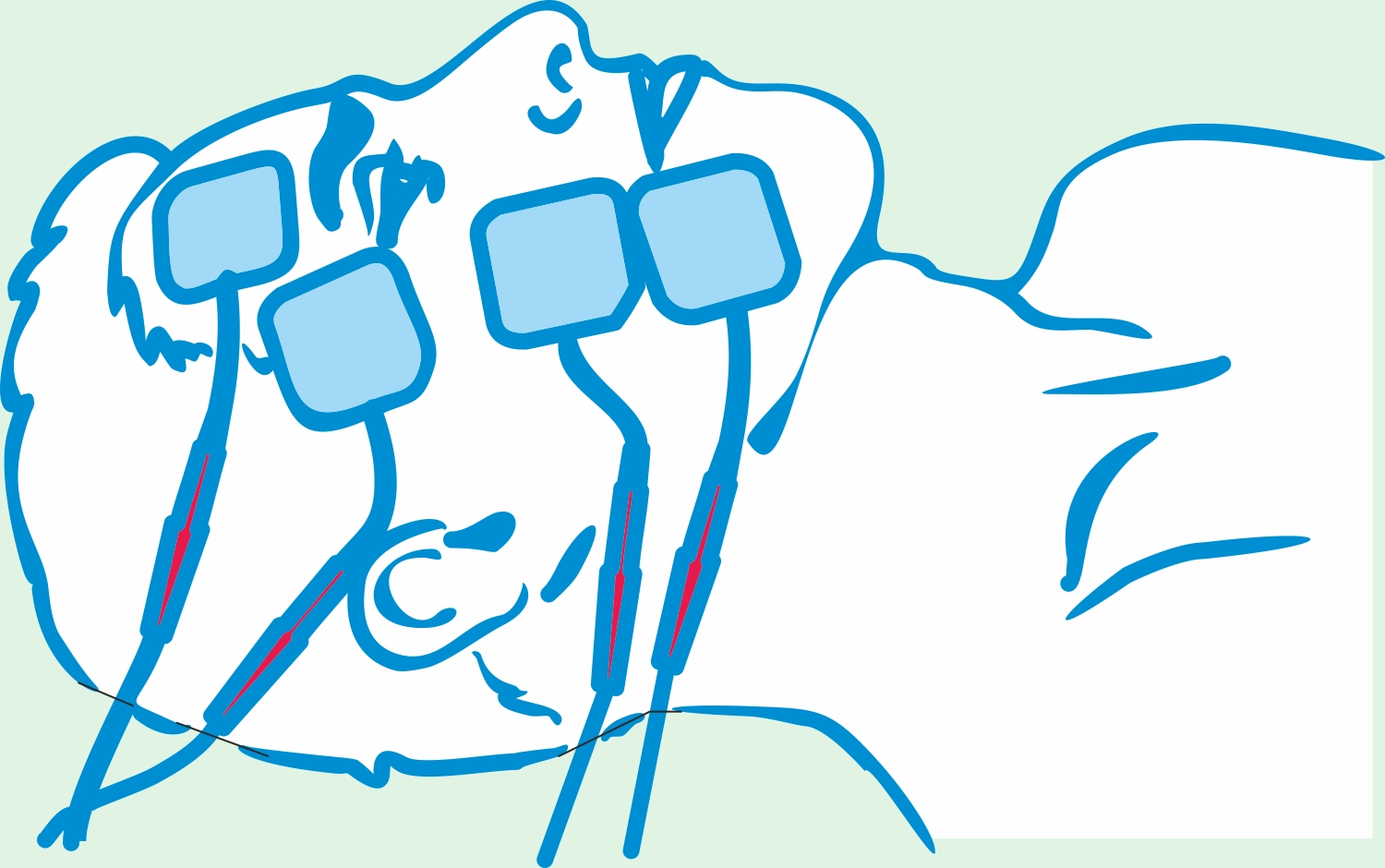To provide services at the highest level, we use cookies. Using the website requires you to choose settings related to their storage on your device. If you want to know what each type of cookie is used for, click the Details button below.
What is polysomnography and why is it so important?12 czerwca 2021 |

Polysomnography is a diagnostic procedure that involves the comprehensive monitoring of various physiological parameters during sleep. During polysomnography, the activity of the brain, eye movements, muscle tension, heart activity, breathing, blood oxygen levels, and body movements are recorded. It may sometimes include additional factors. The primary goal of polysomnographic testing is to assess the quality of sleep and detect any potential disorders.
Instructions for preparing for polysomnography are provided directly to patients by the facility conducting the examination. Standard preparation for polysomnographic testing may include avoiding caffeine and alcohol before bedtime, maintaining typical sleep habits, and bringing comfortable sleepwear.
The duration of polysomnographic testing can vary, but it typically lasts from six to eight hours. Patients arrive at the facility in the evening and are then connected to monitoring equipment for the examined parameters. The testing continues throughout the night until the patient is definitively awakened.
Any doctor can recommend polysomnography. Typically, it is done by pulmonologists, cardiologists, psychiatrists, or neurologists. However, family doctors may also recommend it. Often, doctors refer patients for polysomnography based on a request from a psychologist, who cannot issue such referrals themselves. The decision to recommend polysomnography depends on the patient's symptoms and difficulties.
Yes, polysomnography is covered by the National Health Fund (NFZ), but only in facilities that have a relevant contract with the NFZ. The procedure is carried out as a one-day hospitalization and requires a referral to the hospital, which must be issued by a doctor who also practices within the NFZ system.